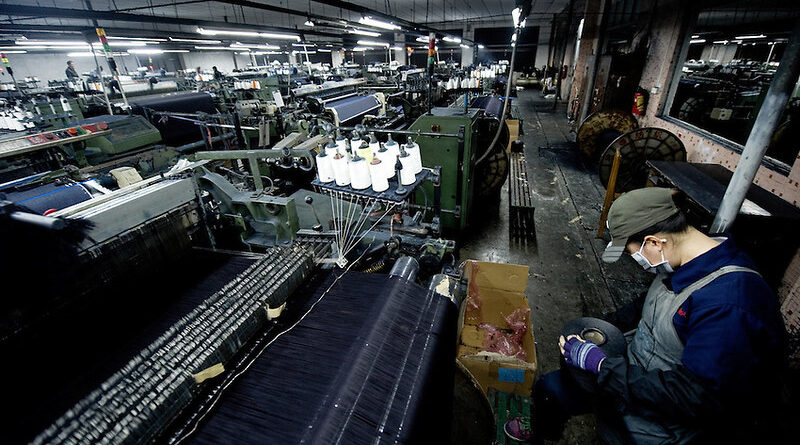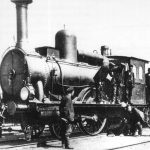A Brief Introduction to the Industrial Revolution
This guide is split into three sections:
1. Causes
2. Events
3. Effects
Background
Although bears little in common with any other revolution due to its lack of political context, the Industrial Revolution was nonetheless one of the most significant periods of upheaval in recorded history. Prior to the Industrial Revolution, the manufacturing of goods was done on a very small scale with very basic tools. Furthermore, the majority of people lived in rural regions, far from the cities. Industrialisation was a period of significant technological innovation, which lay the blueprint for several key industries in the modern world, which we now take for granted.
The Industrial Revolution had its roots in Britain in the late 18th century. There were several key reasons for Britain’s prominence regarding industrialisation. Firstly were the country’s vast resources of fossil fuels such as coal and iron, pivotal materials in the emerging industries. Secondly was its status as the world’s most powerful colonial empire, allowing it access to other raw materials as well as a strong network of markets. Leading the charge, Britain’s contributions to Industrialisation would eventually change society.
Events
There were several innovations, which were products of the Industrial Revolution. Arguably the first significant innovation was in textiles. In the 1760s, James Hargreaves invented the spinning engine, or “jenny”, which enabled multiple items of clothing to be produced at the same time by spooling thread. This enabled the mass production of clothing, which prior to this point was hand and custom-made. Further innovations in textiles included the power loom, invented by Edmund Cartwright in the 1780s. These, amongst others, would prove to be incredibly historically significant.
The iron industry was arguably the most important facet of the Industrial Revolution. Several discoveries were made regarding cheaper, more efficient ways of mass-producing iron and steel. These materials were instrumental in industrialisation as the foundations of innovative new methods of construction. This allowed developments in architecture, engineering and technology to unfold at a rapid rate.These innovations in the iron industry would prove to be instrumental in the development of communication, transport and infrastructure. Indeed, the steam engine in many ways is considered the defining achievement of the industrial revolution. The steam engine not only powered machines, which significantly improved productivity in factories, but also trains and ships, which would prove to be hugely important. As more complex ships were built, it became far easier, quicker and more efficient to travel between continents. In the case of Britain, the bastion of the industrial revolution, this proved to be important in the establishment of infrastructure and communication between its various colonies. The steam train was of huge importance as well in a more localised sense. It allowed travel between far-apart areas on the same landmass to be far more easily facilitated. This allowed people to traverse distances at a speed previously thought impossible and also allowed goods and materials to be more easily distributed over a wide range of areas.
As a result, communication links became far more sophisticated. This was further improved by the invention of the electric telegraph by Charles Wheatstone and William Cooke. This innovation allowed communication to become even more direct. The cable laid across the Atlantic in 1866 allowed communication links between the Western and Eastern Hemispheres to be strengthened significantly. The world was rapidly changing and becoming increasingly linked through these innovations. Resources could be spread all across the globe and the ability to communicate far more quickly and easily helped the industrial drive in Britain spread across the globe.
Effects
The Industrial Revolution laid the foundations for a more globalised world. In modern times, all countries across the globe are linked through developments, which began during industrialisation. The drive to industrialise Britain expanded soon after its beginnings, the world catching up with its developments at a fast rate. The society we live in today owes much of its contributions and failings in a broad spectrum of fields to the incredible period of innovation that was the Industrial Revolution.
main image: c/o creative commons: A Roberts loom in a weaving shed in 1835. Note the wrought iron shafting, fixed to the cast iron columns Illustrator T. Allom – History of the cotton manufacture in Great Britain by Sir Edward Baines,





